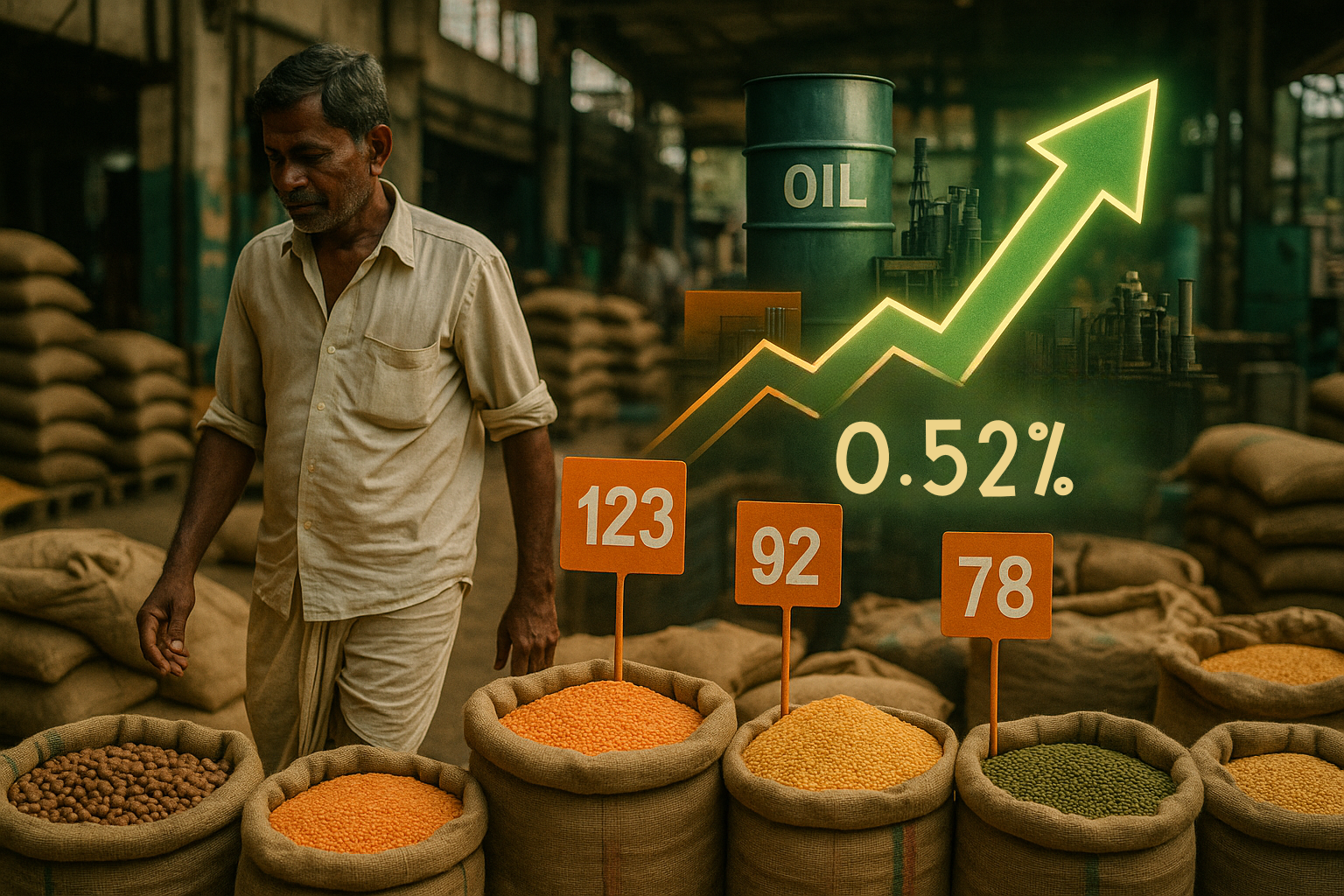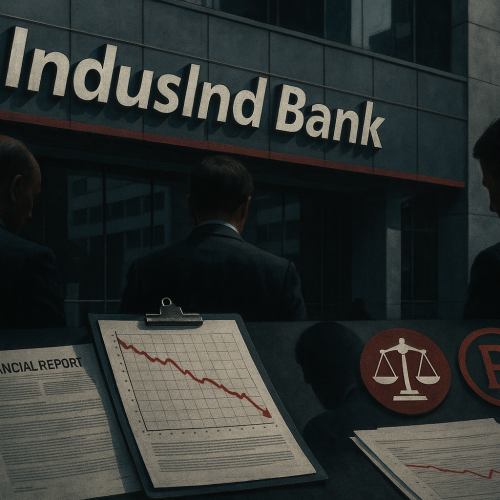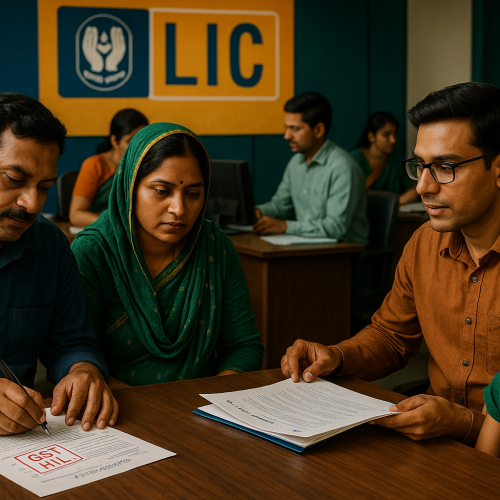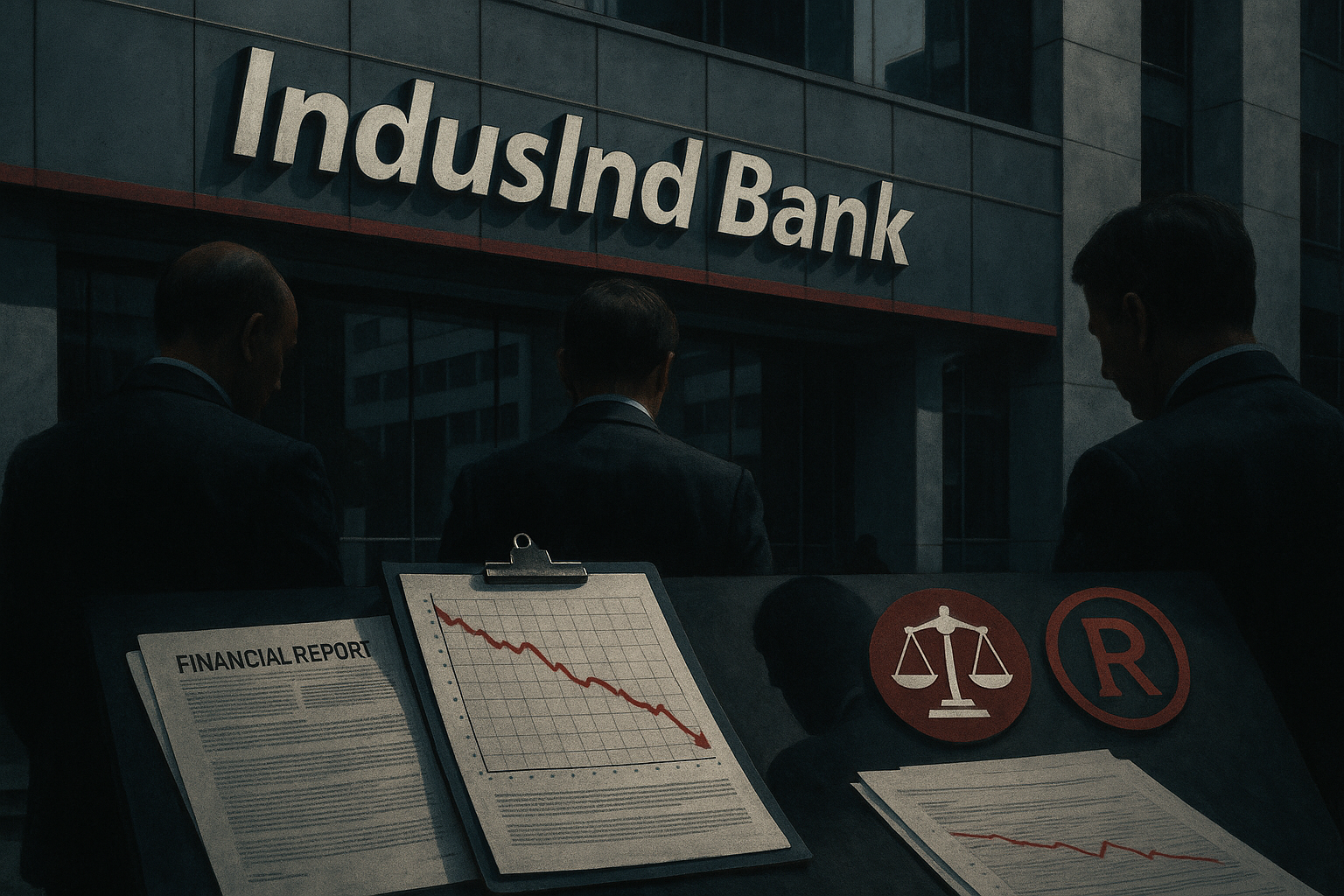India’s Wholesale Price Index (WPI) inflation accelerated to 0.52% in August 2025, marking a pick-up from previous months. The rise was largely driven by higher prices of food articles, crude petroleum, and select manufactured goods. While the increase is modest, it signals underlying price pressures even as retail inflation trends remain relatively contained.
The data reflects the delicate balance policymakers must maintain between supporting growth, containing inflation, and absorbing global tariff shocks.
Core Development
According to official data:
WPI Inflation: Registered at 0.52% year-on-year in August.
Food Articles: Prices of cereals, pulses, and vegetables saw notable increases.
Fuel & Power: Crude petroleum and electricity costs contributed to the rise.
Manufactured Products: Select categories like chemicals and metals also edged higher.
The uptick follows months of subdued wholesale inflation, raising questions about supply-side pressures ahead of the festive season.
Key Drivers Behind the Uptick
Food Price Volatility: Seasonal demand and erratic rainfall pushed food inflation higher.
Energy Costs: Volatile crude oil and fuel prices added to inflationary pressures.
Global Trade Uncertainty: Tariff-driven disruptions impacted input costs for manufacturers.
Stakeholder Impact
Businesses: Higher wholesale costs may translate into increased input expenses for manufacturers.
Consumers: Retail prices could face a lagged pass-through effect.
Government & RBI: Must monitor closely to prevent spillover into broader inflation trends.
Industry & Policy Reactions
Economists noted that while the increase remains moderate, it warrants caution as global headwinds and domestic supply constraints could accelerate wholesale inflation further. Analysts expect the RBI to maintain a watchful stance, balancing between inflation management and growth support.
Challenges Ahead
Food Inflation Risks: Continued volatility in pulses and cereals.
Energy Price Fluctuations: Crude oil uncertainty adds vulnerability.
Tariff Pressures: U.S.-India trade tensions could indirectly affect cost structures.
Strategic Outlook
India’s wholesale inflation trend highlights the importance of supply-side management and the role of GST reforms in easing price pressures. While August’s 0.52% reading remains modest, sustained increases could pressure monetary and fiscal policymaking.
Why This Matters
Wholesale inflation serves as a leading indicator of price trends in the economy. The August uptick underscores the need for vigilance, as unchecked wholesale price growth could filter into consumer inflation and impact economic stability.












